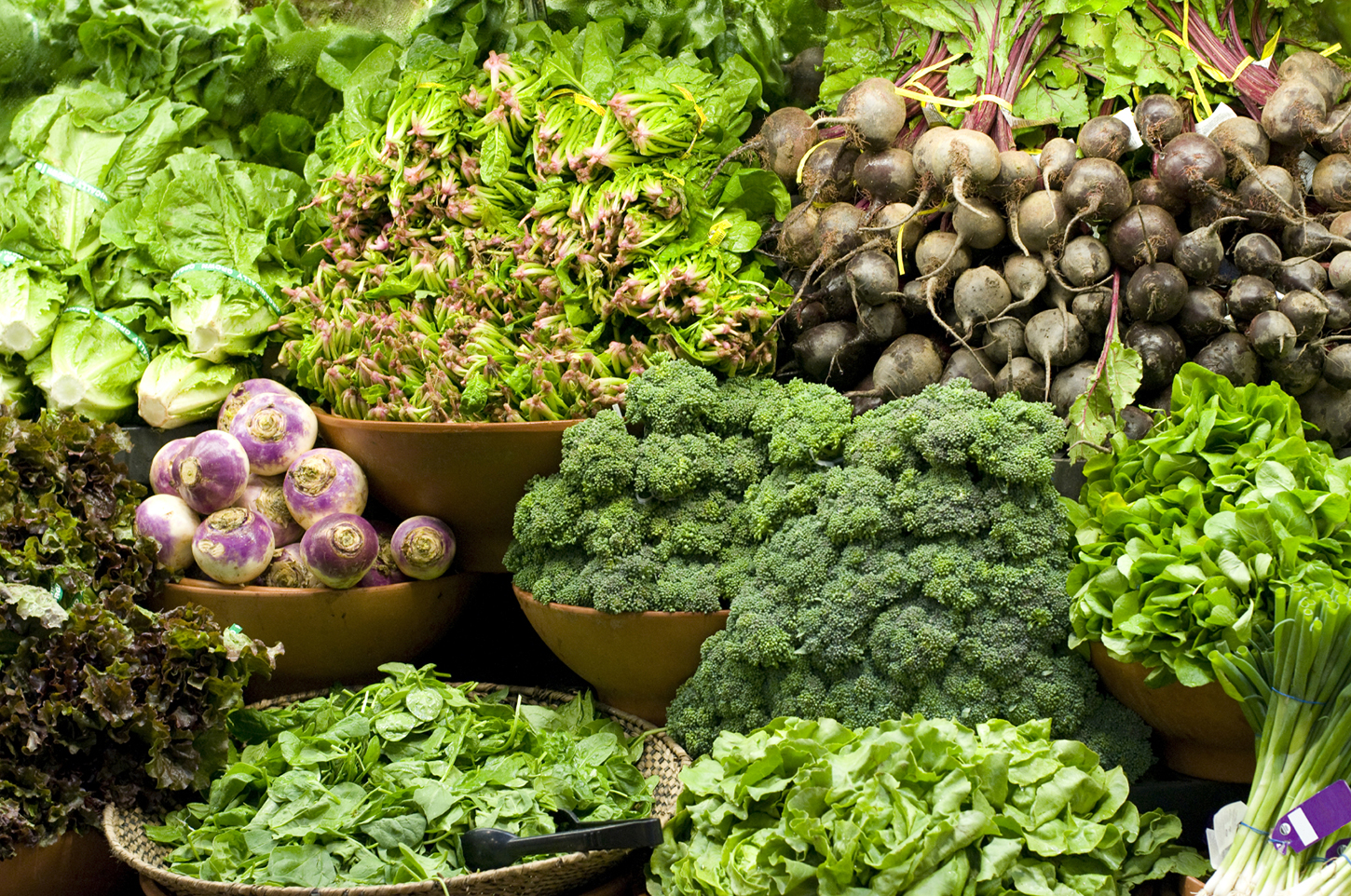Leafy green vegetables are essential to a healthy diet…but there’s a lot of confusion about which ones are best. Luckily, researchers at William Paterson University in New Jersey set the record straight once and for all. They’ve scored and ranked greens according to the essential nutrient content and bioavailability of each serving. And the results may surprise you…
Here are the top five most nutrient-dense greens:
5. Spinach: This popular green scored an 86/100. Spinach is rich in vitamins A and C. But don’t forget that it’s also a great source of magnesium. This mineral helps support over 300 enzyme systems in your body. And every 100 mg of magnesium you eat each day may help lower your risk of developing colorectal cancer by up to 13%. That’s only about four cups of spinach a day.
4. Beet Greens: We’ve told you before they aren’t just for show… Beet greens scored an 87. These greens are high in fiber, and vitamins A, C, B6, and K. They’re also a good source of bioavailable iron and calcium. Beet greens may help protect you from stroke and lower your diabetes risk. Try adding them to a salad to get used to their taste. Another way to experience the health benefits of eating beet greens is to add them to fresh juice or smoothies.
3. Chard: It’s a popular ingredient in high-end restaurants. But most people probably push it aside. That’s a shame: Chard scored an 89 for nutrient density. That’s because it’s full of vitamins K, A, and C. It’ll also give you a good dose of magnesium, copper, and manganese with each serving. But one benefit of chard that this study didn’t consider is that it’s a good source of kaempferol.1 It’s a powerful, cancer-fighting flavonol. The kaempferol in chard may help cut your risk of developing gastric cancer in half.
2. Chinese Cabbage: It’s a name that can apply to napa cabbage and bok choy… And no matter which variety you use, you’re getting more nutrition per bite than nearly every other food in existence. It scored an impressive 92.2 Chinese cabbage became the “king of vegetables” after it was used to help save the life of a dying Qing Dynasty empress in the early 1900s. No doubt its high doses of vitamins C, A, and K, as well as calcium, fiber, and selenium played a major part in this.3 But new research shows that apigenin, a flavone in Chinese cabbage, may cause cell death in certain types of breast cancer.4
1. Watercress: It wasn’t our first guess either… But it scored a perfect 100.5 It makes sense: Watercress contains major doses of vitamins A, C, and E, as well as antioxidants like lutein. It’s one of the oldest leafy greens in the human diet. Legend has it that Hippocrates built his first hospital near a watercress-producing stream to have easy access to it. But its power goes beyond legend… Research suggests eating it may help prevent cancer, lower blood triglycerides, and reduce DNA damage to white blood cells by up to 23%.6
If your favorite leafy greens aren’t on the list, that doesn’t mean you shouldn’t eat them. But if you aren’t eating any of these nutrient-dense greens, it’s time to start. They may give you more health benefits than any other food. Just be sure to find them fresh and organic whenever possible. You can also help avoid any potential problems by gently steaming your leafy greens.
Like this Article? Forward this article here or Share on Facebook.
References:
1http://www.whfoods.com/genpage.php?tname=foodspice&dbid=16
2Idem
3http://www.chinesemedicineliving.com/blog/chinese-medicine/chinese-cabbage-the-king-of-all-vegetables/
4http://ar.iiarjournals.org/content/34/6/2869.full
5http://www.cdc.gov/pcd/issues/2014/13_0390.htm#table2_down
6http://www.medicalnewstoday.com/articles/63314.php

